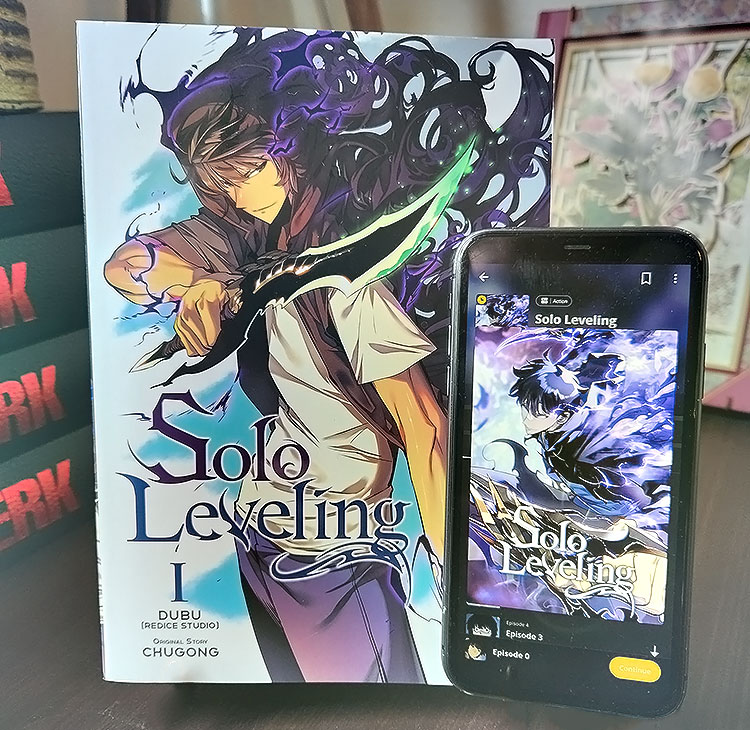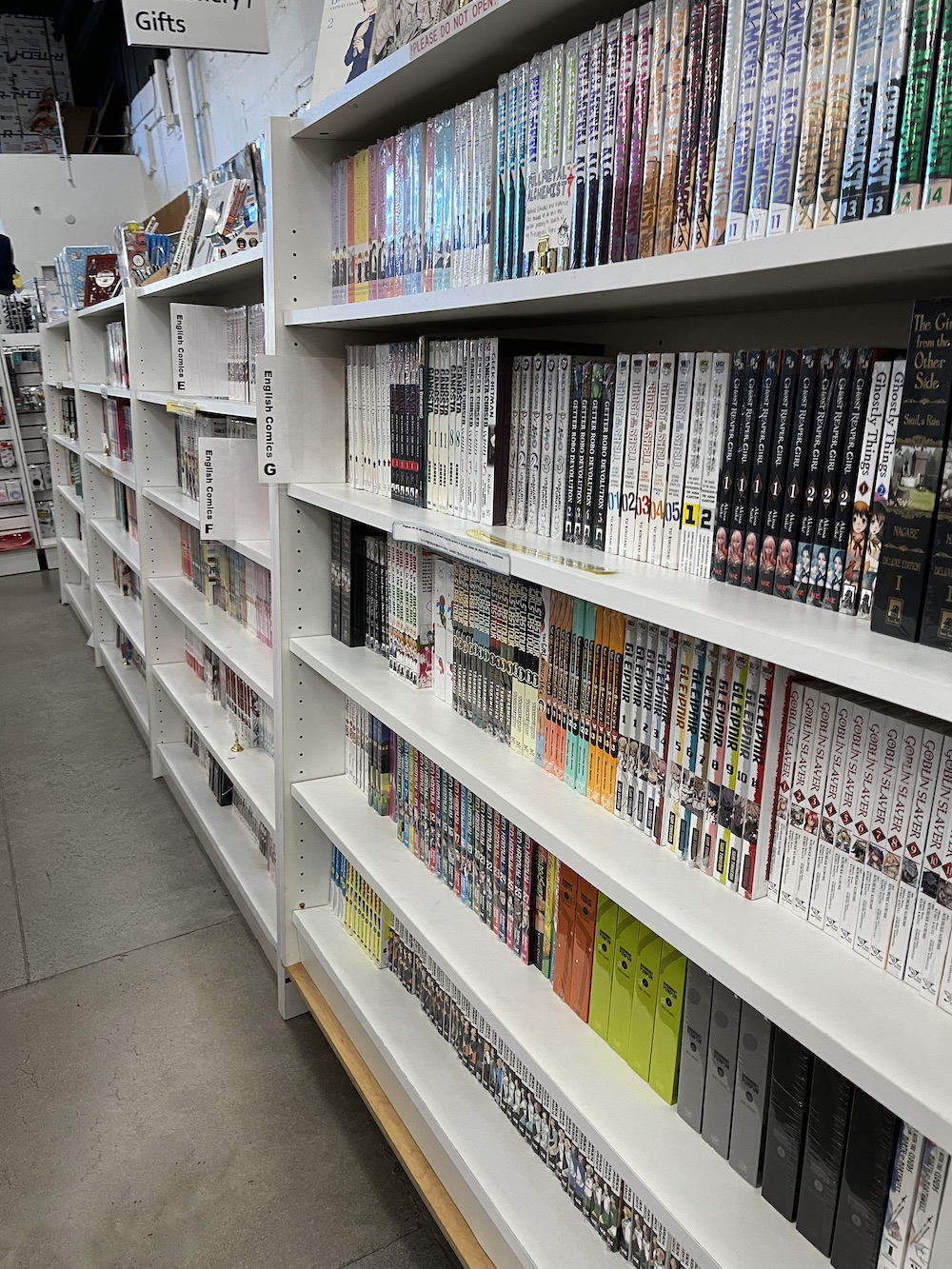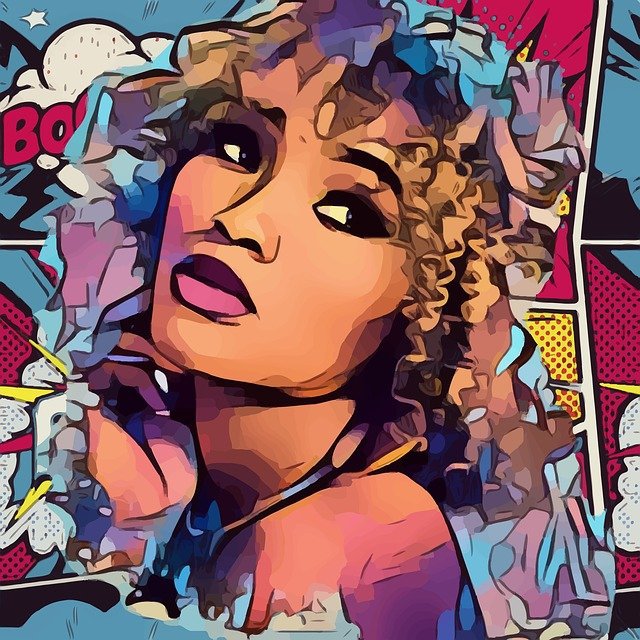Webcomics Coming to Print!
Penguin Random House took a leap by publishing a print copy of Lore Olympus by Rachel Smythe, which had been topping the charts of romance and overall webcomics read on Webtoon’s platform consistently. During its first week on the market in November of 2021, the title sold more than forty-four thousand units.




